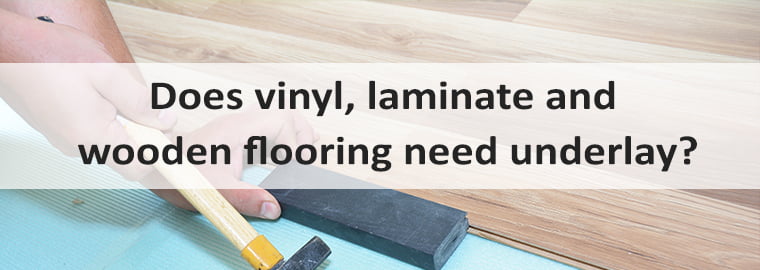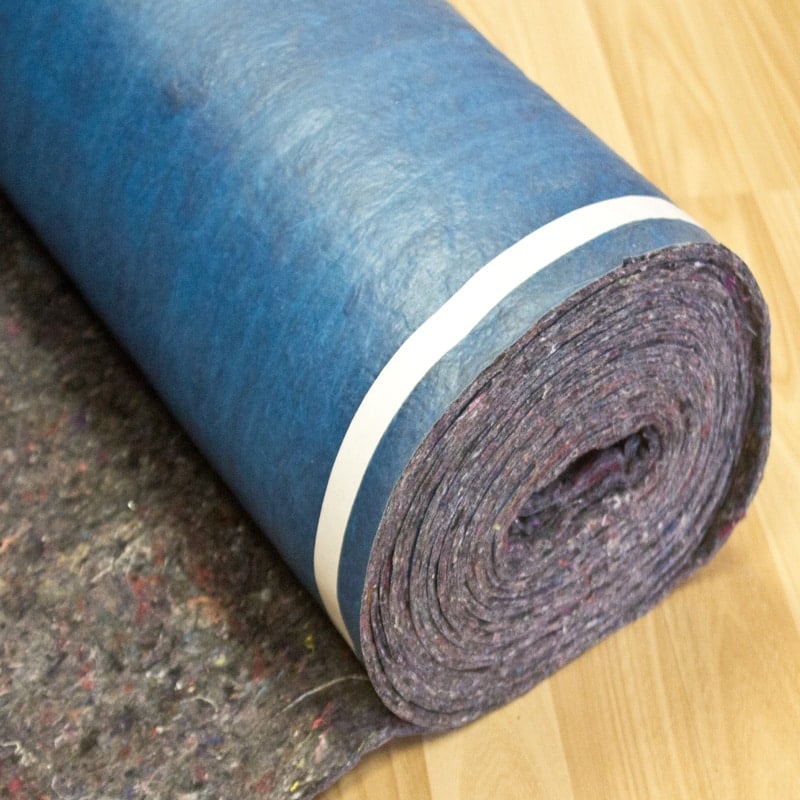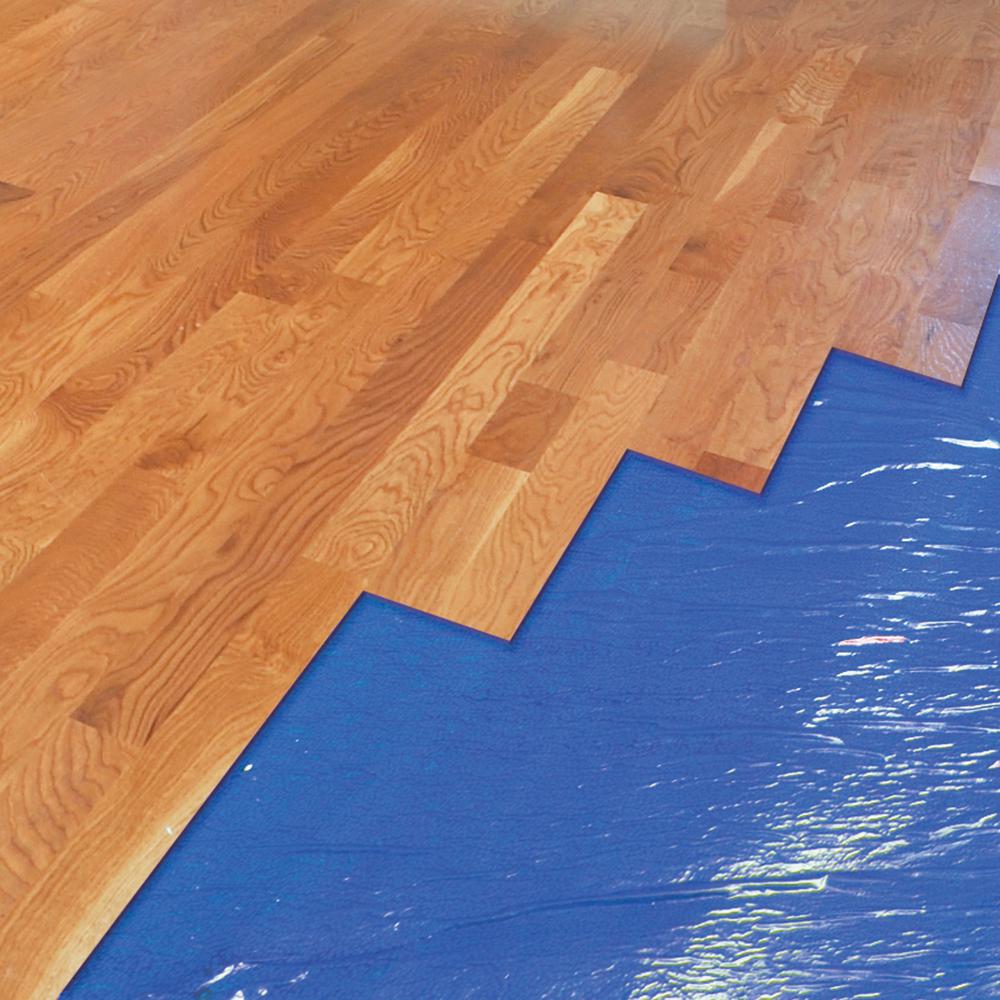You do not need foam padding under solid hardwood for many reasons but one reason is that hardwood is so dense that it limits the transmission of sound both within the room and to floors below.
Thin underlay for laminate flooring.
Knowing these types can help you distinguish which underlayment is right for your project.
It s always a necessary step to include with your laminate flooring installation.
The types of underlayment.
Laminate flooring underlayment is at most 4mm thick.
It needs underlay for cushioning and added protection.
Because your laminate flooring is not permanently glued to the floor the underlayment plays a crucial role in the comfort and protection of your home.
Laminate flooring underlayment cannot be too thick or it will compromise the joint integrity and be too bouncy causing the joints to fail and your floor s locking system to break.
There are a few types of underlayment.
Laminate flooring underlayment is at most 4mm thick.
In laminate flooring installations the underlayment is the thin flexible sheet of resilient material that is installed on top of a subfloor in order to act as a base for the laminate planks or tiles you re installing.
Consider the issue of sound transmission.
The coretec product has a thin.
Installing underlayment is necessary when it comes to laminate vinyl plank flooring.
An underlay is a thin layer of a cushioning material placed underneath your flooring.
While the subfloor provides the foundational support for the room the underlayment is what supports the flooring material itself intended to enhance and protect the flooring.
You have to use laminate flooring underlayment under your laminate flooring.
When choosing underlayment you should have felt confused seeing hundreds of choices.










